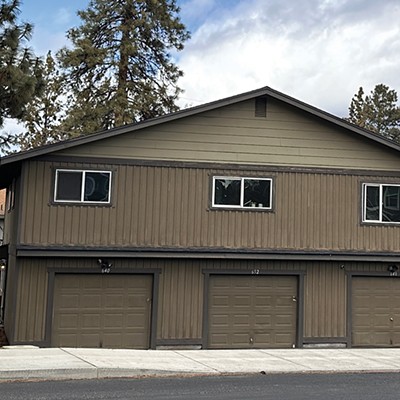Nearly 200,000 low wage workers in Oregon require public assistance in the form of SNAP (what was once known as food stamps). That is to say, they are not earning enough to be able to afford food.
On Thursday, Gov. Kate Brown's office fired off a press release with a proposed plan for legislation to raise the minimum wage in Oregon. So far, so good. She wants to raise minimum wages in Portland up to $15.52 by 2022, and up to $13.50 everywhere else in the state over a six-year period, with no increases until 2017.
For those below the poverty level it is hard to care about 2022 or the cost of tea in China when it's tough to keep gas in the tank or food on the table right now.
Prior to the proposed legislation, not one, but four ballot initiatives to raise the minimum wage in Oregon were well underway. The Raise the Wage Coalition is backed by major labor unions. This group's ballot initiative, if not pre-empted by Gov. Brown's proposed legislation, would be $13.50 in two years, not six. Currently, minimum wage is $9.25 in Oregon, and $7.25 federally.
The Oregonians for 15 (also known as 15 Now Oregon), rallied at the Capitol building on Saturday, Jan. 16. The group says the fight for $15 isn't going away even if legislators pass a lower minimum wage increase.
Gov. Brown's legislative proposal could pre-empt all of the ballot initiatives to raise the minimum wage if passed by the Oregon legislature this year. This means our elected politicians in Salem will vote on the wage increase rather than voters at the polls in November.
Oregon's minimum wage debate is not something most people below the poverty line – and working two jobs - have a lot of time to think about. Nearly half a million people do not earn a living wage in Oregon, according to the Oregon Workforce Report of 2014, released by the University of Oregon.
"Despite rising housing, child care and other household costs, Oregon's minimum wage will remain $9.25 in 2016," Oregon Labor Commissioner Brad Avakian announced last September.
According to the National Low Income Housing Coalition, a worker in Oregon must earn $16.28 per hour, working full-time, to afford a two-bedroom apartment. In contrast to stereotypes that most minimum wage earners are teenagers, the average minimum wage worker is most likely to be a 35-year old woman. In Central Oregon, 30 percent of men and 50 percent of women are working in low-wage jobs (less than $15 per hour), according to the Workforce Oregon report. Six percent of the workforce in Oregon, or 100,000 people, earn minimum wage in Oregon, far below a living wage.
Although the National Bureau of Economic Research insists that the U.S. recession ended in June 2009, today there are nine job seekers for every living wage job in Oregon; that is, for every job paying more than $15 per hour.
Public assistance to low-wage workers costs Oregon taxpayers $1.7 billion annually, according to the Oregon Workforce Report. Take it in, that's a pretty big tab. If and when Gov. Brown's plan very slowly rolls into reality over the next six years, Oregon taxpayers will shoulder several billion dollars in the meantime.
























